#toyota
Would You Rather? Toyota RAV4 vs Mazda CX-5
Last week’s match-up between the Honda CR-V and Toyota RAV4 was fairly close. However, readers seemed to gravitate toward the Toyota due to several factors. It boasted a traditional 8-speed automatic transmission, rather than a CVT, and made power from a larger motor that sidestepped forced induction. This led to many assuming the Toyota would handle long-term abuse better than the Honda — which was further supported by the vehicle having been on the market longer and proven itself as reliable.
As the point of this segment is to create the automotive equivalent of Sophie’s Choice, we’re bringing back the RAV4 and pitting it against the 2024 Mazda CX-5.
Used Car of the Day: 1976 Toyota Celica GT
We're going wayback to the '70s for today's UCOTD. Meet this 1976 Toyota Celica GT liftback with a five-speed manual.
Toyota to Offer Two Three-Row EVs in the States
Toyota hinted at a new electric Highlander variant earlier this month, but its most recent announcement confirms another three-row electric SUV. Yesterday, the Japanese auto giant said it would build a new EV at its Princeton, Indiana facility and noted that it would inject $1.4 billion to modernize the plant.
Would You Rather? Honda CR-V vs Toyota RAV4
We’re introducing a new segment where we intentionally pit two vehicles against each other that are exceedingly difficult to choose between. The idea is to create a would-you-rather situation where we compare the strengths and weaknesses of both models and take input from our readers.
Our first match-up is an incredibly tough one, because these are some of the best-selling vehicles in all of North America that aren’t pickup trucks — the Honda CR-V vs the Toyota RAV4.
2024 Toyota Tacoma Hybrid Pricing and Specs Revealed
Toyota has released details on the Tacoma Hybrid, showing it will start at $47,795 as part of the TRD Sport trim. While that’s nearly $7,000 more than the gasoline variant of the TRD Sport, it does come equipped with the more powerful i-Force Max powertrain.
QOTD: Ready for the Next Toyota 4Runner?
Vehicle launches happen all the time. But only a select few seem to be highly anticipated.
Any time the Ford Mustang or Chevrolet Corvette gets updated, for example. Or something bread and butter like the Honda Accord or Toyota Camry.
Another example -- the return of the Ford Bronco in 2021.
Window Shop: Toyota Teases 4Runner – Again
If it weren’t for teaser shots about hotly anticipated models from different brands, car corners of the internet wouldn’t have much to talk about on some days. Fortunately, the news keeps rolling from Toyota, who’ve released a telling photo of the upcoming 4Runner – along with a suggested release date.
Used Car of the Day: 1975 Toyota Corolla Wagon
Today is April Fool's Day but this 1975 Toyota Corolla Wagon is no joke.
2025 Toyota 4Runner Officially Teased
Toyota has officially previewed the redesigned 4Runner for the first time via Instagram. But the photo in question doesn’t offer much information beyond the model wearing its name at the bottom of the rear hatch and getting some new taillights. There’s likewise a contrasting bumper, which may just end up being an option. However, Toyota offering up a teaser for the 2025 model year should also indicate that the much-anticipated SUV’s formal debut is likely right around the corner.
These Are The Most Reliable Car Brands
For today's podcast, we sat down with Tyson Jominy, Vice President, data and analytics for J.D. Power, to discuss what the most reliable car brands are.
Used Car of the Day: 1991 Toyota Supra
Our team is busy grinding away in the blog mines, so we've been quiet this morning. We'll start your afternoon off with a treat: A clean-looking 1991 Toyota Supra.
Deez Nuts: Toyota Recalls 381,000 Tacoma Trucks
The hackneyed old joke of a ‘loose nut behind the wheel’ causing a crash may be even more worn out than your author’s favorite Cole Haan loafers, but a manufacturing issue involving potential loose nuts on the axles of certain Toyota Tacoma pickup trucks is a very real problem which has led to a large recall.
Toyota Launches a Few Recall Campaigns
Toyota is in the middle of a sizable recall relating to the 10-speed automatic transmission from Aisin used on several of its larger models. The campaign encompasses roughly 280,000 vehicles split between the 2022-2024 Toyota Tundra (including the hybrid variant), 2023-2024 Sequoia, and 2022-2024 Lexus LX 600. Concerns revolve around the possibility of the gearbox not disengaging properly when placed into neutral.
Carbon Negative: Toyota Working On a Carbon Capture Filtration System
Toyota has taken an all-around beating for its decision to focus on a diverse array of alternative fuels and electrification options instead of going all-in on EVs, but that approach has started to look more prudent as other companies struggle with slower-than-expected growth. The Japanese auto giant has developed hydrogen powertrains and been a staunch supporter of hybrid technologies, and now it is testing a new engine that can remove carbon from the air.
Are Plug-In Hybrids the Future?
On today's podcast, we ponder if plug-in hybrids are the future, talk Tesla and Ram, and ruminate on our first races attended as fans.



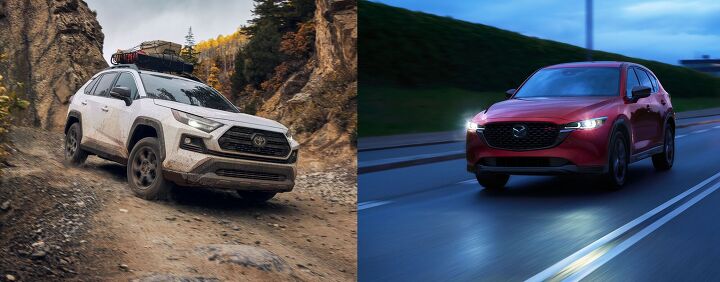
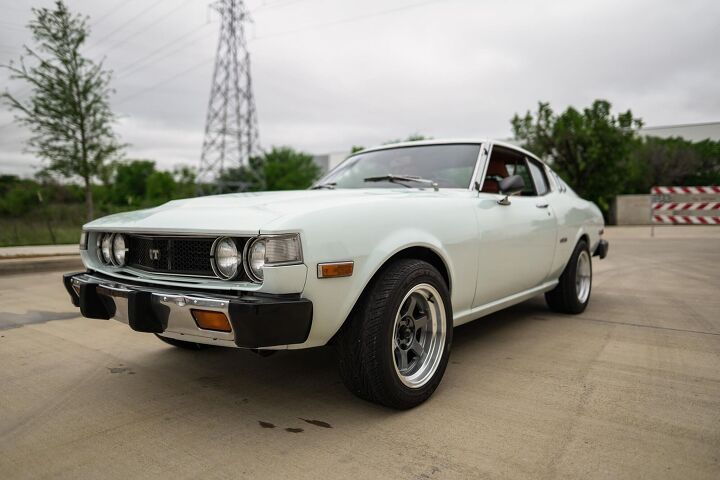

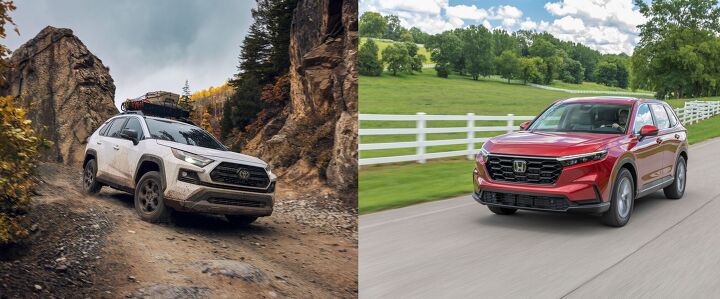
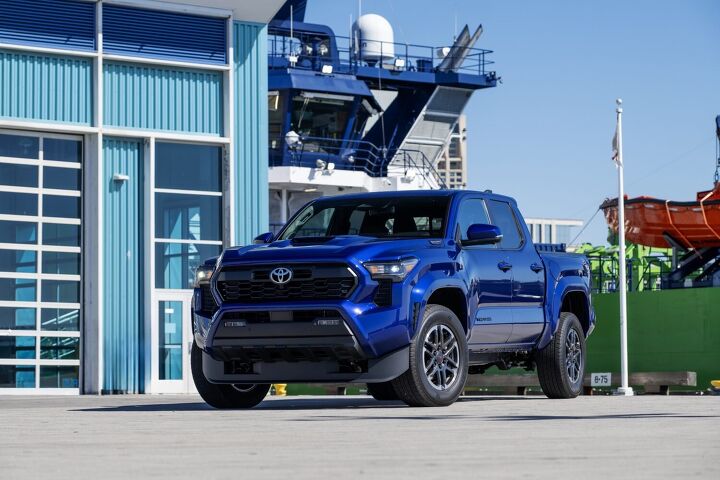
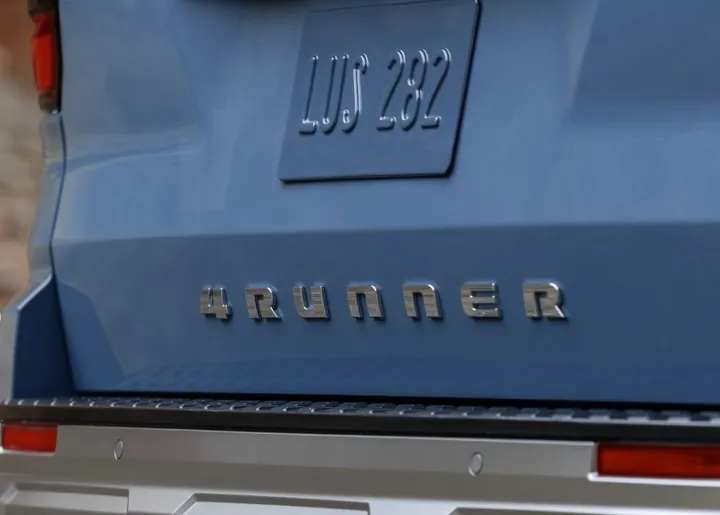
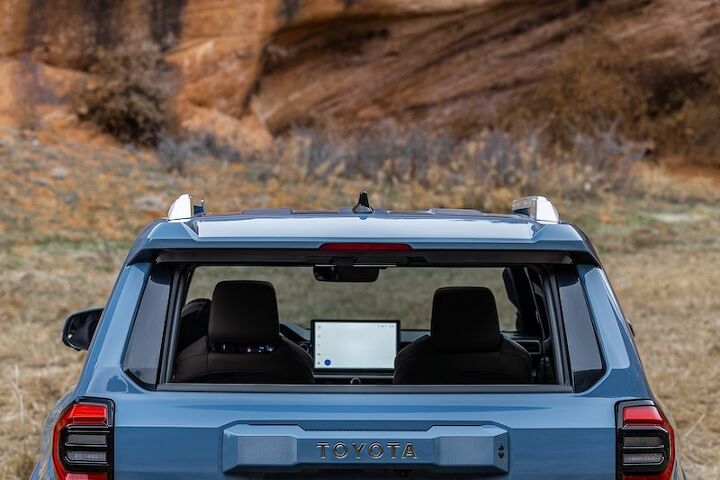
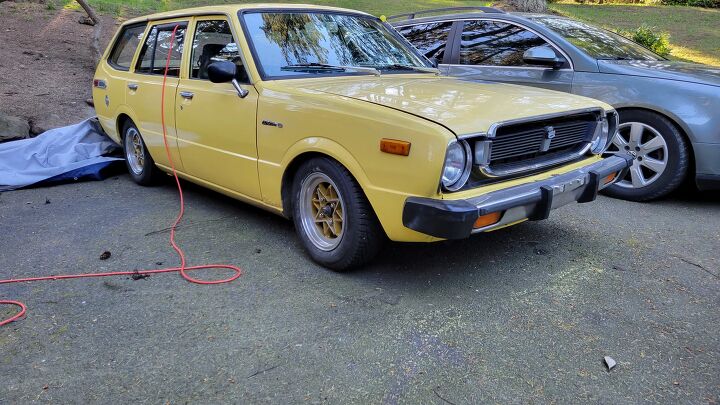
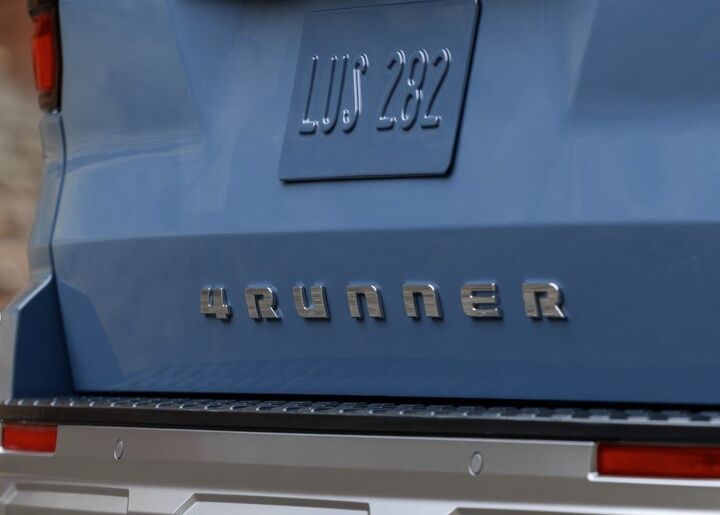
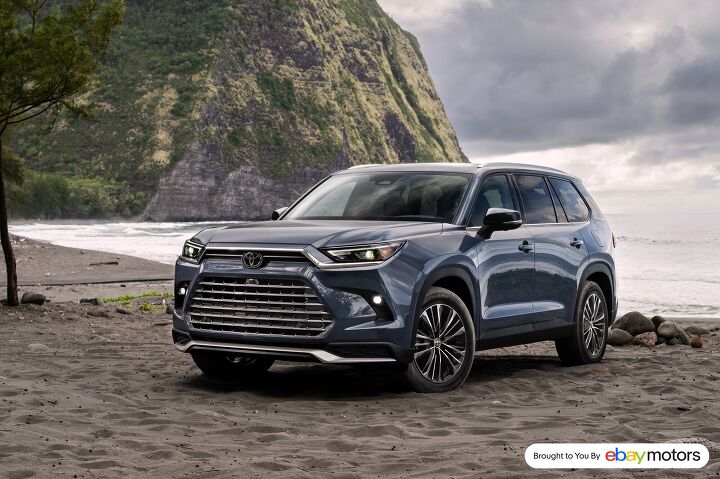
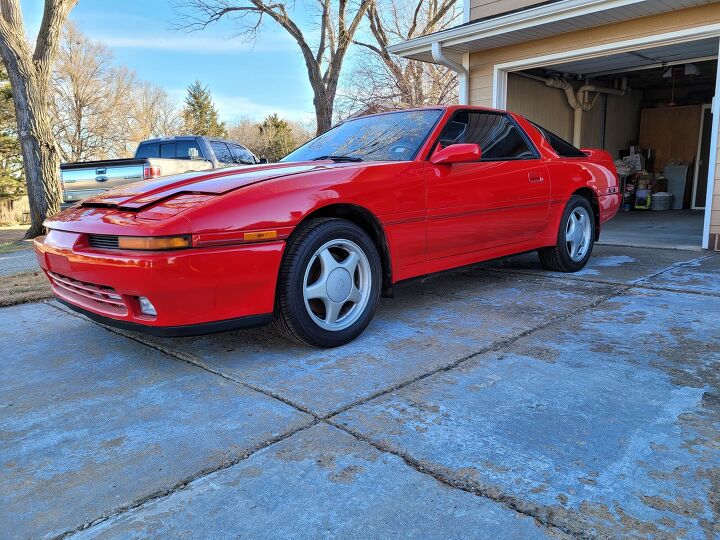
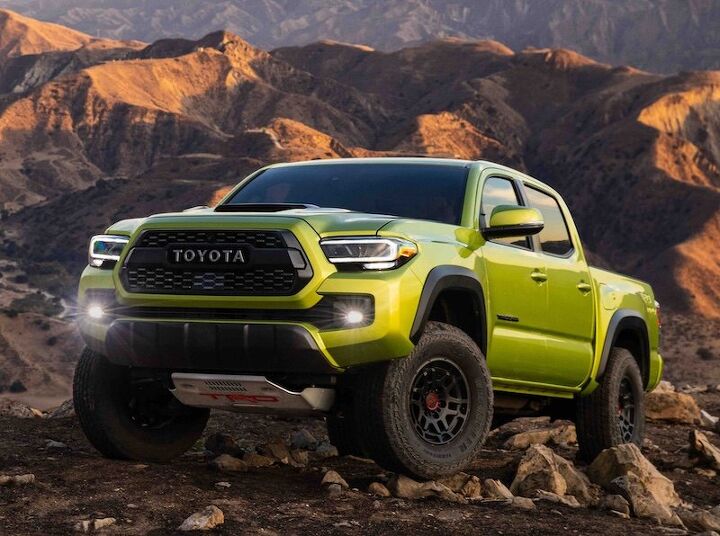
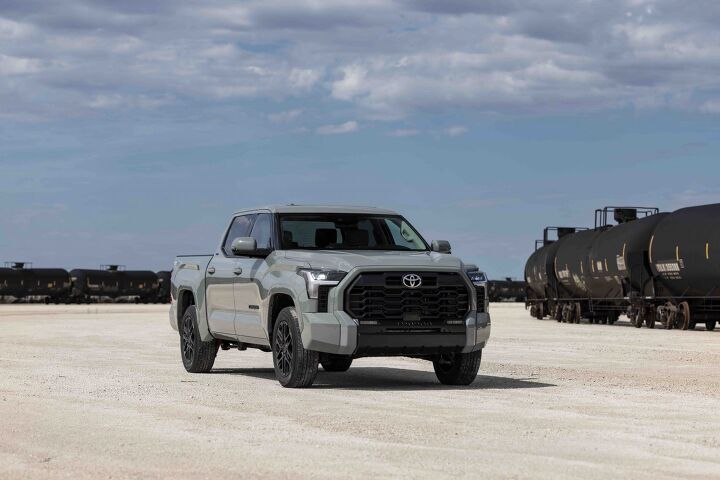
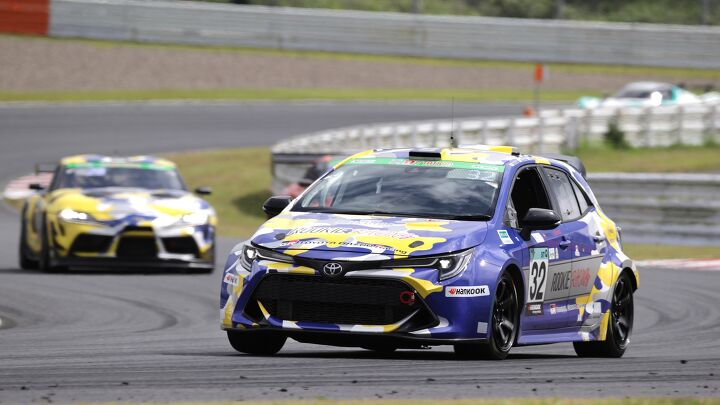
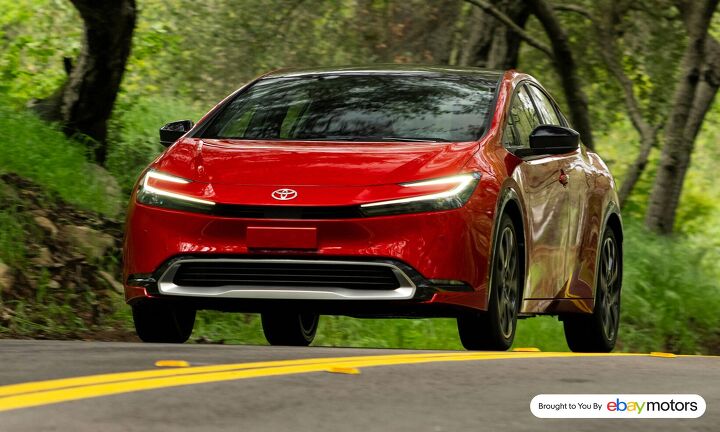












Recent Comments